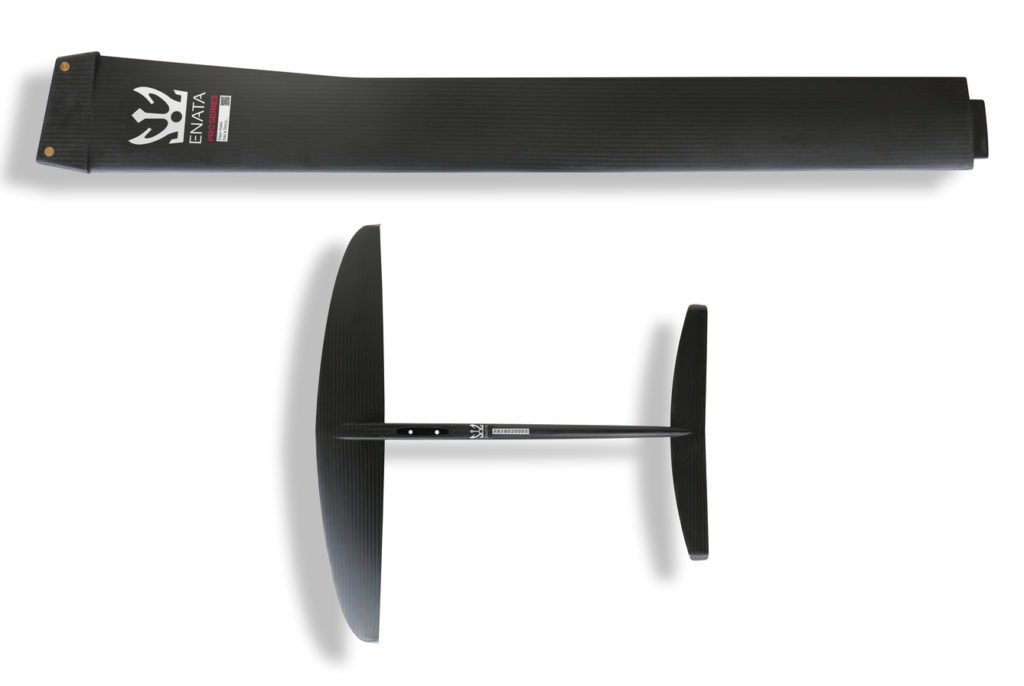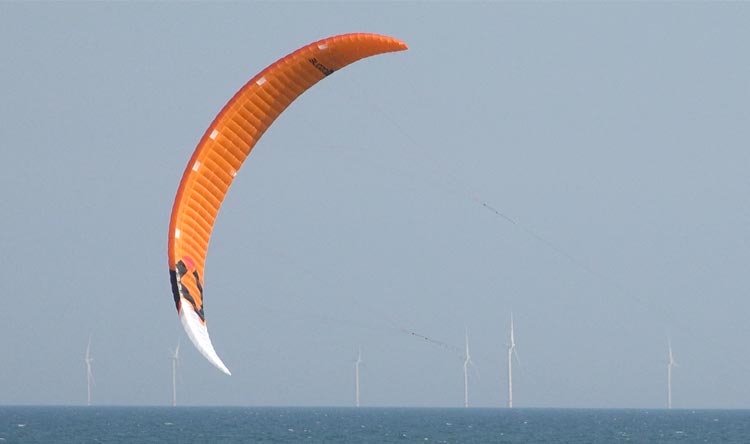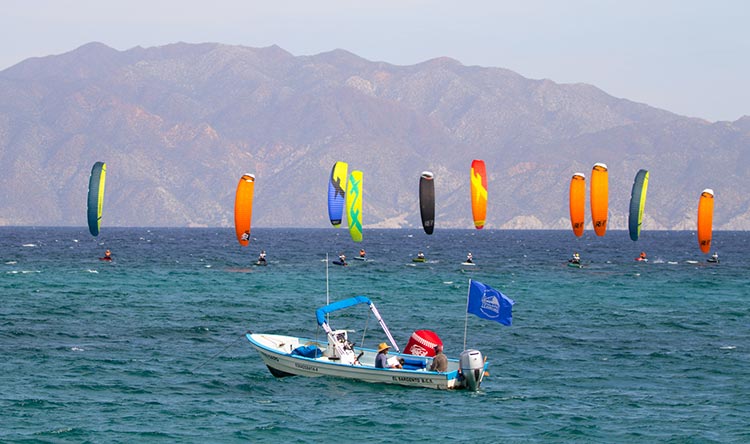Kite racing (remember those huge boards with multiple massive fins sticking out of the bottom!) was always a scene that never really was able to grow into the showcase of kiteboarding that we all hoped it would be. Now with the rise of the hydrofoil, it’s allowed kitefoil racing to become a well regarded international sailing sport, so much so that it’s been accepted into the Olympics. With this, there’s going to be several exciting opportunities stemming from the funding now on offer from the likes of UK Sport. The result is the opportunity for great events for both the top end of professional racing right through to local club racing.
Racing has always been something that has interested me. Previously kitesurfing had a look in at the Olympics without a foil but unfortunately, the Olympic committee decided to pull kiting out of the equation, leaving lots of people with some very expensive worthless kit. However, with the foil, the racing side of the sport has been taken to new heights. Being the fastest sailing craft around a course, other than an Americans Cup boats, it makes for some pretty exciting scenes. The last few years the Hydrofoil Pro Tour has been leading the way for the racing community, but with the International Kitesurfing Association (IKA) and Global Kitesurfing Association (GKA) taking a more active role, as we head towards the games in 2024, 2019 will see world championships along with Europeans and national rankers where registered kit has to be ridden. Having the registered kit rule hopefully will tame the current arms race that is going on between manufacturers and allow a level playing field on the water.
My first step into racing was getting some equipment, which proves a lot harder than you’d think. There are currently only a few foils that are up there and fast enough to keep up. The Mikes Lab is said to be the foil to own, yet impossible to get hold of, with waiting lists over a year long. So I found myself a second hand Enata built with the same design as the Mikes Lab,

it’s a one piece wing and fuselage set with a 110cm mast all made from carbon. This makes it very stiff giving lots of stability at higher speeds. Race kites are a must so I got myself a set of Ozone R1 V2’s. This kite is very very different to the likes of any freeride equipment, it’s built for one thing and for that it’s exceptional – going fast, but going from a cruize-y freeride foil and arguably the tamest kite on the market (Airush Ultra) the adjustment took a bit of time.

My first few sessions were in Langebaan, South Africa a spot which is getting increasingly popular for foilers because of its consistent wind, flat water and endless space to explore, combined with some sandbars, it can make for some exciting up/downwinders through the African nature reserve. The wind tends to blow strong there, it may start light but you know as soon as you get out there it’ll be building with every passing minute. Some sessions I would head out on my 11m feeling underpowered for 10minutes and within an hour I’d be holding on. This was all great training though but reinforced the fact of how many kites I was going to need, it allowed me to start to trust the kit riding so powered and learn how incredible the kites were. They may look lightweight and flimsy but they can put up with such enormous amounts of power. With my first few sessions in SA giving me a solid grounding on the equipment, I’ve decided to allow myself this year to get comfortable and up to speed before starting to compete in 2020.
My next stop was La Ventana, Mexico. The spot is renowned as a Mecca for kite race training. With the world’s best heading there for the winter, I spent many hours riding alongside the GB kite girls who have been selected by the RYA on a training programme with coach Jonnie Hutchcroft. They have spent the whole winter there getting ready for a full race season kicking off in April, and getting their first glimpse of racing in the La Ventana classic where both 1st and 2nd place were taken by the Eleanor Aldridge and Jemima Crathorne in the women’s division with Connor Bainbridge taking the win in the men.

La Ventana Racing. Photo by Jonnie Hunchcroft ©
La Ventana’s set up has endless space for riding, with most sessions consisting of riding between 30-40 miles doing long tacks with others up and down the coast, which gets interesting when you head upwind 10 miles and have to get back down holding onto a 9m in 25+ knots, but that’s what makes for good training (and crashes). I’m quickly realising the amount of riding that is required to get faster, and with every few sessions I can feel gradual improvements in stance, manoeuvres and general speed, but in order to attempt to keep up with the fastest I have a long way to go which is going to come from hours and hours of efficient training on the water. Alongside this, knowing the equipment like the back of your hand is essential, the kites and foils require fine tuning and mm’s make all the difference – whether it’s tuning your bridles or ensuring your foil is set up correctly.
With 3 weeks spent out in La Ventana, we got a really wide variety of conditions highlighting how many kites I was going to end up needing – 21m’s for the 6knt range all the way down to a 9m for 25knts until you can no longer hang on, with kite sizes in 2m intervals. This means lots of bars too! You ride foil kites on much shorter lines, I currently have my 15m and 11m on 15m lines and my 9m on 11m lines, but I’m sure this will change as I experiment with what feels the most comfortable for me. The days of just pumping up a 12m LEI kite and sticking 4 lines on with not much concern for bar length is in the past. What’s amazing is how the fine-tuning of race kit can highlight things in freeride kit that I’ve never thought to try, and I’m starting to ride my gear very differently to before, playing around with shorter lines on the Airush Ultra alongside tweaks on my Airush and AK foils.
I’m now having a break from race kit, back on freeride foils, kitesurfing and spending some time getting my surf-foiling dialled in. I’ll be getting practice hours logged in around our kitefoiling camps which kick off with Soma Bay in June. I’m learning more and more each session about foil kites, race foils and how to get faster and more efficient on the water. Which will all be filtered down into the way we coach, so if you’re keen to start racing we’ll be able to help you out during our camps. There’s a big push in the UK to run fun club racing events, and now with the RYA involved there will be an increasing amount of sailing clubs helping to get some good events up and running so why not get as fast as possible to show your mates up at the weekends?
Keep your eyes peeled on my journey into the race scene and if you’re keen to come blast around on some foil kites in the UK this summer, get in touch and look out local events happening around the UK.
